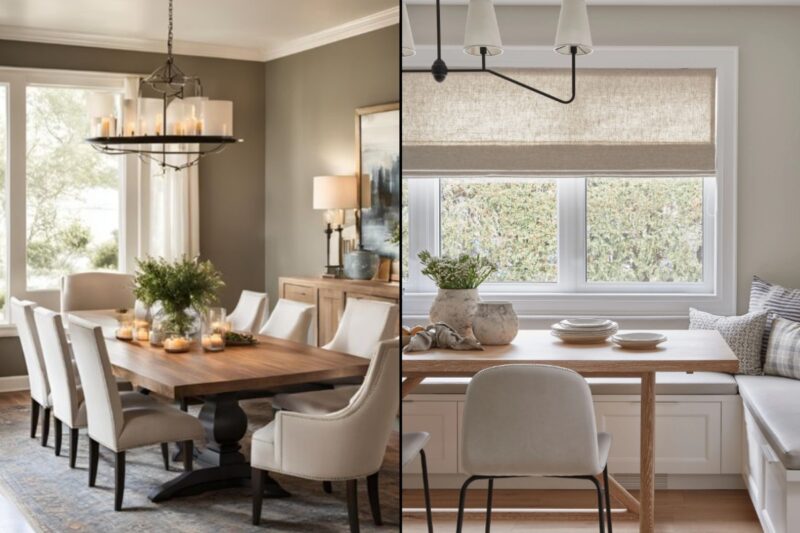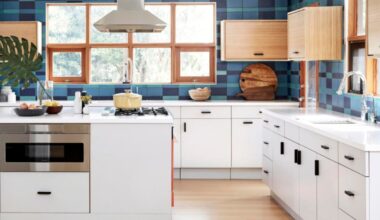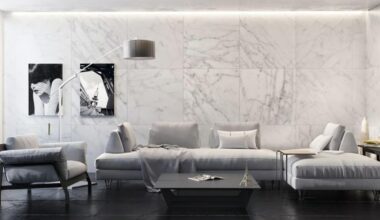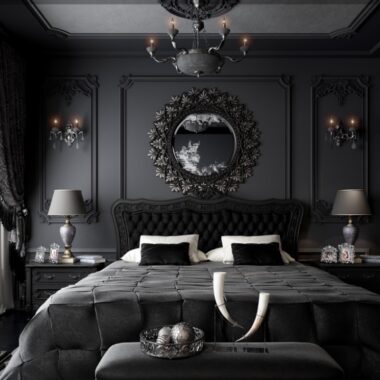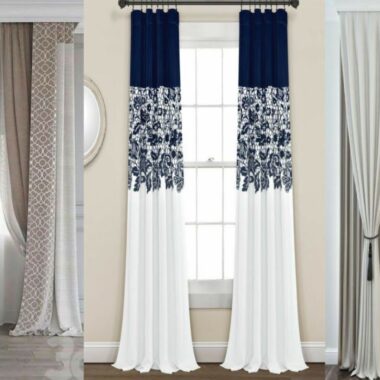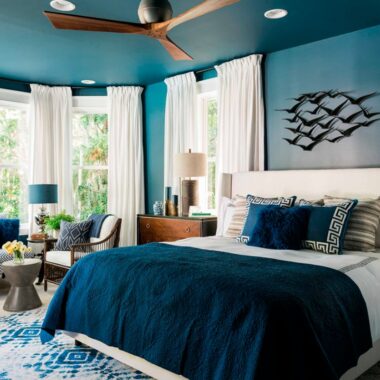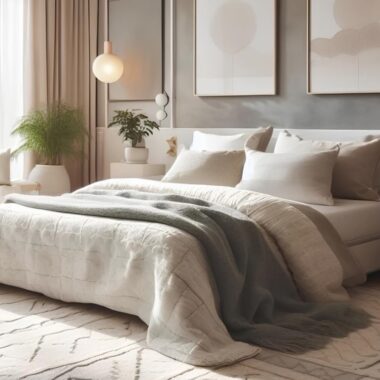Many homes have both a dining room and a breakfast room, which people often confuse, and that’s completely normal.
This blog will explain the clear difference between dining room and breakfast room. We will give simple rules. You will learn what each room is for. You will also get tips to improve both rooms.
What is a Dining Room?
A dining room is a formal place to eat. It is for meals that take time. It often hosts guests. People use the dining room for special meals and family dinners. The table is larger. Chairs match the table. The room often has a sideboard or cabinet. It may have a rug under the table.
Lighting is a key part. A pendant or chandelier often hangs above the table. A dining room is often separate from the kitchen. This allows a quiet space for dining. The room may be closed off by doors. It may be used only for eating and hosting. In many homes it is the most formal eating area.
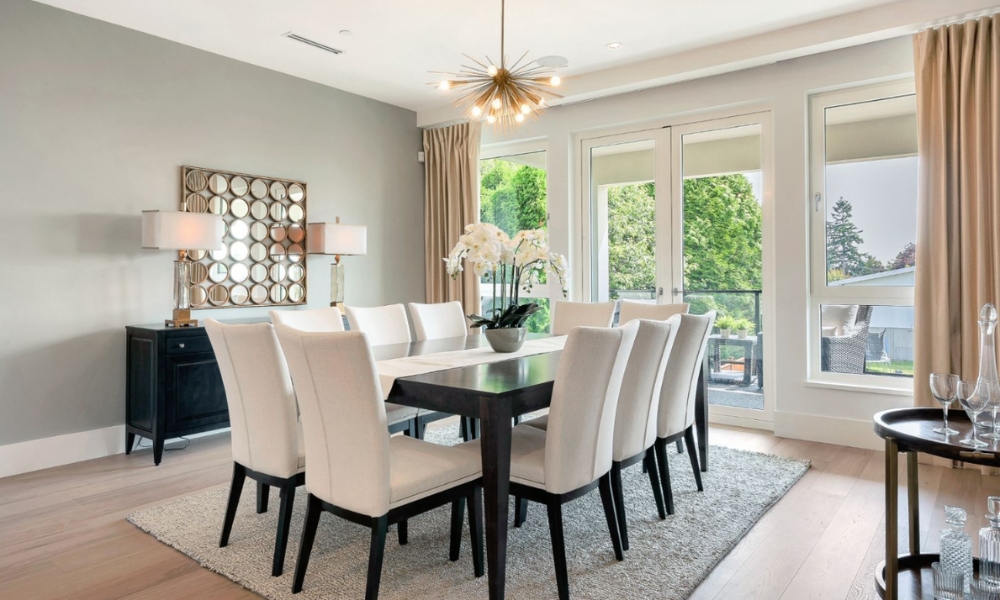
What is a Breakfast Room?
A breakfast room is casual. It is for quick meals like breakfast or snacks. Families use it every day. The table is smaller. Chairs or benches fit close to the table. The room may sit near the kitchen. This makes serving fast and easy. The breakfast room often faces the garden or a window. It feels bright and relaxed.
A breakfast room can be part of the kitchen. It can be a small nook or an open area. It can also be a sunroom or a small dining corner. The main aim is comfort and speed.
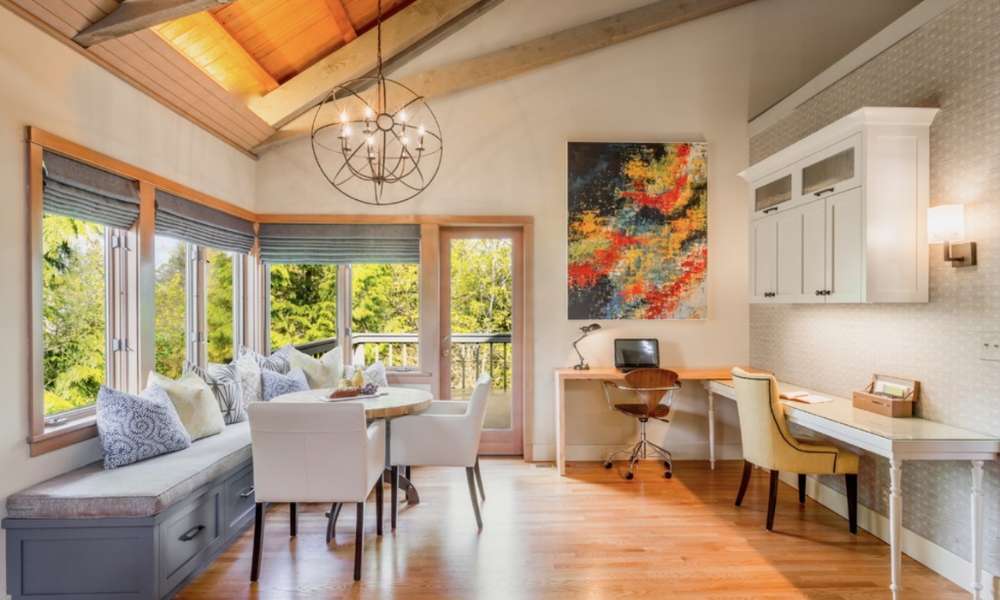
Main Differences Between Dining Room and Breakfast Room
| Feature | Dining Room | Breakfast Room |
| Purpose | Formal meals and special occasions | Casual meals and daily use |
| Table Size | Large table for many people | Small table for quick meals |
| Location | Often separate from the kitchen | Close to or inside the kitchen |
| Use | Used for guests and family gatherings | Used for everyday meals and snacks |
| Lighting | Warm mood lighting with chandeliers or pendants | Bright natural light from windows |
| Decor | Styled and matched for a formal look | Simple and cozy with relaxed styling |
Design Furniture, and Other Ideas
Layout and Flow
A good dining room has space. People should walk around the table with ease. There should be room for a buffet or sideboard. It may have a clear path from the entrance.
A breakfast room has a smoother flow to the kitchen. It may open into the cooking area. This makes putting food on the table easy. The breakfast room often has storage for mugs small plates and cereal.
Furniture and Style
Dining room furniture is often more formal. Chairs are taller and more structured. The table might be wood glass or marble. A rug is common. Curtains and art match the formality.
Breakfast room furniture is casual and flexible. Chairs may be mixed. A bench can save space. A round table works well in a small breakfast room. Cushions add comfort.
Lighting and Mood
Dining rooms use warm lower light. A chandelier or pendant light is common. Dimmer switches help set the mood. Candles are often used for formal dinners.
Breakfast rooms use natural light. Big windows or skylights are common for bright and fresh light. Morning light makes this space feel alive. Lighting fixtures are simple and practical.
Flooring and Materials
Dining rooms often use durable and polished floors. Wood tile or stone are common. Rugs under tables add warmth. They also help define the dining area.
Breakfast rooms use easy-to-clean floors. Vinyl tile or painted wood work well. Materials are less formal. Surfaces should resist spills and be easy to wipe.
Storage Solutions
Dining rooms need storage for fine dishes and glassware. A sideboard or china cabinet fits well. This keeps items for special meals safe and ready.
Breakfast rooms need quick-access storage. Open shelves, jars and small cupboards work well. A small pantry or a cupboard close by helps store daily items.
Read Also: 15 Unique Curtain Designs for Kitchen to Match Any Style
How to Choose Which One You Need
Ask how you eat. If you host formal dinners, often choose a dining room. If you eat quick meals often choose a breakfast room. Many homes have both. In small homes, you can have one room that does both jobs. Use decor to shift the mood. A table can be dressed up for dinners. It can be casual for daily use.
Costs and planning
A dining room can be costly to fit out. A good table and chairs may cost more. A chandelier and cabinet add cost. But these are long term items.
A breakfast room is usually cheaper to set up. Simpler furniture and small upgrades keep cost low. You can use second hand items to save money.
Improving Suggestions for Both Rooms
For the dining room:
- Choose a sturdy table with enough seats.
- Add a sideboard for storage.
- Use warm lighting for a calm mood.
- Pick a rug that fits under chairs when they are pulled out.
- Add art or a mirror to make the room feel complete.
For the breakfast room:
- Place it near the kitchen.
- Use a small table that fits the space.
- Add cushions or a bench for comfort.
- Keep storage open for daily items.
- Use blinds or sheer curtains to keep light soft.
Quick FAQ
Can one room be both a dining room and a breakfast room?
Yes. Use the room for daily meals and dress it up for formal dinners.
Can I use one room for both?
Yes, you can use one room for both. You just need to plan the furniture and layout smartly.
How is a dining room different from breakfast room?
A dining room is formal and larger. A breakfast room is casual and smaller. Both are made for different eating times daily.
What is the difference between lounge room and living room?
A lounge room is often another name for living room. Both are spaces for relaxing with family and friends daily.
Closing Note
The difference between dining room and breakfast room is clear when you look at their purpose and style. The dining room and the breakfast room serve different needs. One is formal and steady. The other is casual and quick.
Both can be lovely when planned well. Think about using light and flow. Use simple furniture and smart storage. Follow these ideas and your home will feel more organized and calm.
